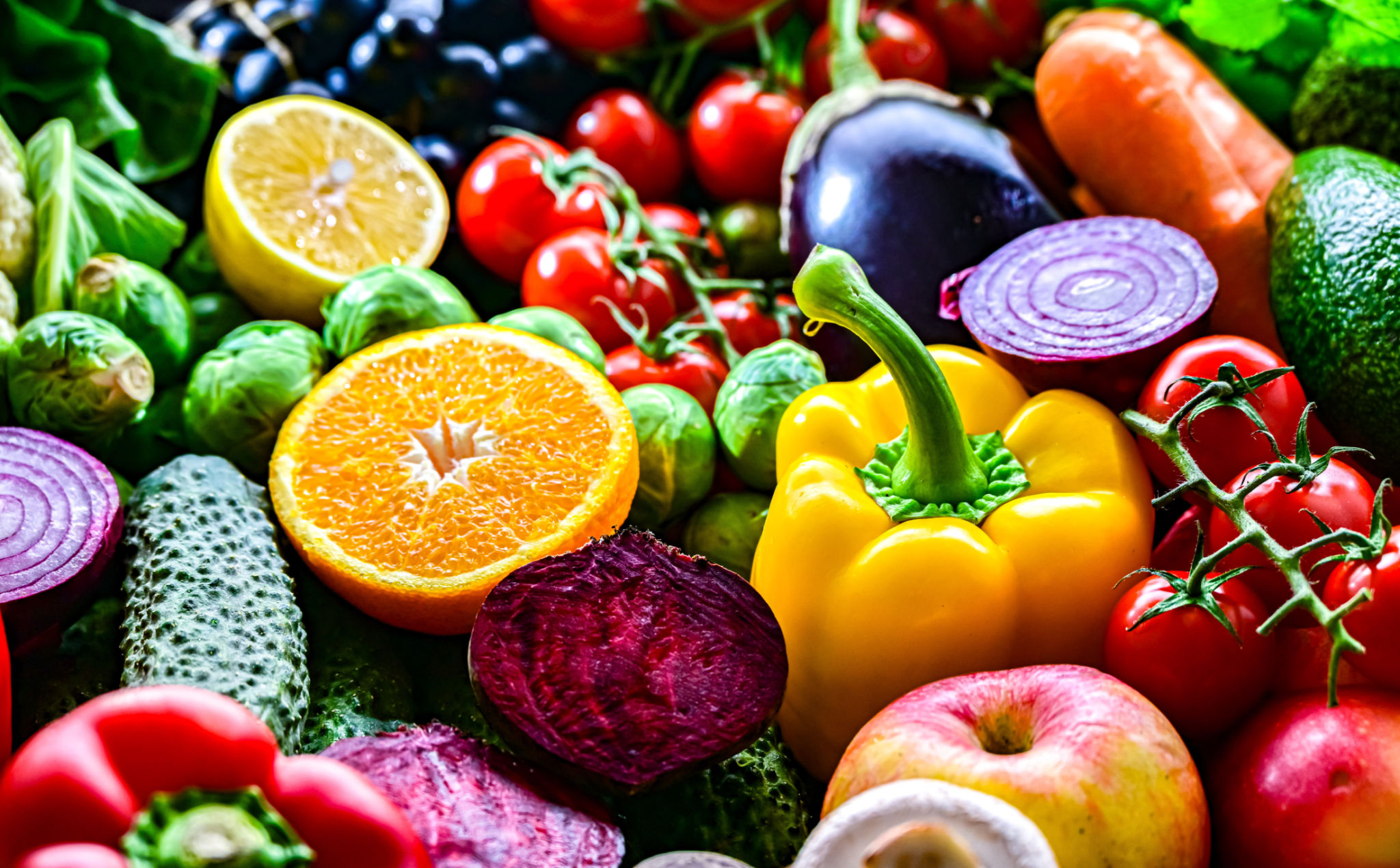How to Start Your Own Edible Garden: A Beginner's DIY Guide
Understanding the Basics
Starting your own edible garden is a rewarding endeavor that can provide fresh produce right at your doorstep. Whether you have a sprawling backyard or a compact balcony, you can cultivate a range of vegetables, herbs, and fruits. The first step is understanding your space and sunlight availability. Most edible plants require at least six hours of sunlight per day, so choose your spot wisely.
Once you've identified your space, consider the climate and growing season in your area. This will help you determine which plants will thrive. Researching your local hardiness zone is a good starting point to make informed decisions about what to plant and when.

Choosing the Right Plants
As a beginner, it's best to start with easy-to-grow plants. Some popular choices include tomatoes, basil, lettuce, and radishes. These plants are relatively forgiving and can provide a satisfying yield. When selecting seeds or seedlings, consider the space they require and how they fit into your overall garden plan.
Think about what you and your family enjoy eating. Growing foods you love will make the effort more rewarding. Additionally, consider companion planting, which involves placing plants together that can benefit each other, such as tomatoes and basil.

Preparing Your Soil
Healthy soil is the foundation of a successful edible garden. Start by testing your soil's pH and nutrient levels, which can be done with a simple home kit. Based on the results, you may need to amend the soil with organic matter like compost or well-rotted manure to improve its fertility.
Ensure good drainage to prevent waterlogging, which can harm plant roots. Raised beds or container gardening are great options if your soil quality is poor or if you're working with limited space.
Planting and Maintenance
Once your soil is ready, it's time to plant. Follow the instructions on seed packets or plant labels for spacing and depth. Remember that overplanting can lead to overcrowding, reducing yields. Water your plants regularly, especially during dry spells, but avoid overwatering, which can lead to root rot.

Regular maintenance is key to a thriving garden. This includes weeding, monitoring for pests, and providing support for plants like tomatoes that may need staking. Mulching can help retain moisture and suppress weeds, making your job easier.
Harvesting and Enjoying Your Produce
One of the most exciting parts of gardening is harvesting your produce. Pick fruits and vegetables when they're ripe for the best flavor. Each type of plant will have its specific indicators of ripeness, so be sure to research these for your chosen varieties.
Enjoy the fruits of your labor by incorporating fresh produce into your meals. Not only is this a healthier option, but it also reduces your carbon footprint by minimizing the distance your food travels.

Expanding Your Garden
As you gain confidence and experience, consider expanding your garden. Try growing new varieties or experimenting with different gardening techniques, such as vertical gardening or hydroponics, to maximize your space.
Join local gardening clubs or online forums to connect with other gardeners. Sharing tips and experiences can be invaluable as you continue to develop your green thumb.